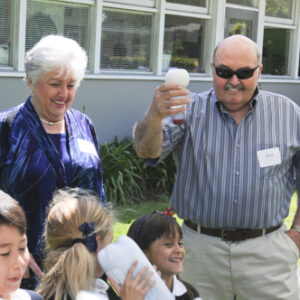This article originally appeared in the winter 2014 Harker Quarterly.
In the fall the lower school library announced the formation of a new “maker space” after-school, drop-in program for students in grades 3-5. With the popular program, Harker has joined libraries, schools, clubs and museums throughout the country in eagerly embracing the educational maker movement and its do-it-yourself (DIY) mantra.
Ever since the inaugural program was held in the Bucknall library at the end of September, the lower school has enjoyed having its own maker space – a physical location where people come together to create. The convenient “pop-up” maker space goes up when in use and into storage between sessions.
The first maker space event attracted more than 20 students who had a blast creating mechanical toys called “brush bots.” A simple circuit with a pager motor vibrates and moves the bot across surfaces, such as tables and floors. The students built and designed the tiny robots from toothbrush heads, batteries, wire and adhesive. They were provided the basic components and a pile of miscellaneous materials to enhance and modify their bot. Students also could design habitats: small boxes that contained their motorized brush bot. The result, recalled the lower school librarians, was a dynamic and open-ended exploration of the principles of motion and energy.
Fourth graders Matthew Chen and Brandon Wang took their brush bots to the next level by designing them to do battle in an arena. In the course of their experiment, the pair discovered they needed to expand their bots’ habitat and were overheard making plans to incorporate paper towel tubes and use a table rather than a shoebox in their design plans.
Grade 5 English teacher Ann Smitherman observed that the “flexibility that these kids are showing when they’re trying to decide what to do and why things work like this is really important.”
A second maker event was held in the lower school library on Oct. 23. This time, the students created simple light-emitting diode (LED) critters. Students got creative with the types of critters they built, as well as the habitats they constructed. In addition, there was an “inspiration bin” on hand for students who preferred to tinker in a more unstructured way. The bin, and freedom of choice while creating, will be a staple at all future maker events, which will be scheduled throughout the school year on different days of the week.
During the second maker event, Tristan Goodwin, grade 5, had fun making a vibrating LED “fuzzbot” critter using a small motor designed during the previous brushbot-making program. “I just thought it was a good idea,” said Goodwin.
“The maker movement celebrates creativity, tinkering and experimentation in a collaborative environment where makers and mentors come together to use common tools and materials,” explained Kathy Clark, lower school campus librarian. “Our activities support our information literacy goals because creative thinking is a foundation for all information problem-solving; making physical things in a collaborative environment helps students to approach intellectual assignments in the same creative and methodical way.”
An enthusiastic creator and crafter herself, Clark recalled that after a year of planning and development, the lower school was ready to make its foray into the maker movement.
“When the students entered the classroom for our first maker event, all the initial questions were about how to make the brush bot correctly,” recounted Sue Smith, library director. “But after 10 minutes the conversations changed. ‘What happens if we add another battery? Why does mine fall over? I want to add stabilizers!’ Answers to these questions came from experimentation and collaboration among the students.”
The topic of how best to implement appropriate maker activities schoolwide (preschool through upper school) was a major theme at the fall meeting of Harker’s What’s New Committee. The committee comprises a dedicated group of teachers who investigate new ideas in education and their applications at Harker.
“Our lower school library maker activities have proven to be a good match for our students. It stimulates their natural creative inclinations in such a way that provokes and aids in the development of crucial problem-solving skills. They have to work through problems in a repeated manner of brainstorming, testing solutions, and returning to the original planning stage if their hypothesis is different than expected,” noted Jennifer Gargano, assistant head of school for academic affairs.
With the rapid decline of classes such as home economics and woodshop, there was an awareness in the American educational system that more hands-on type classes were needed. According to WeAreTeachers. com, a website designed to connect teachers with the latest resources and knowledge tools, many schools throughout the United States are jumping on the maker movement bandwagon.
The maker movement, said the site, is a technological and creative learning revolution underway around the globe, utilizing new tools and technology, such as 3-D printing, robotics, microprocessors, wearable computing, e-textiles, “smart” materials and programming languages. Typical maker spaces feature flexible, computer-controlled manufacturing equipment for creating, cutting, and forming plastics, metal, plaster and other common materials.
In addition to being embraced by elementary school-age children, the maker movement also has caught on with older students and adults. Community-based, independently produced maker fairs are happening all over the globe; each year, thousands of people attend the World Maker Faire in New York City, the world’s biggest maker event. In fact, last September Harker News (Harker’s online news site) ran a story about Davis Dunaway, grade 10, who invented an award-winning grid, which he presented at the New York fair (https://news.harker.org/rising-sophomores-project-featured-at-white-house-maker-faire/).
Nailing down a definition of the maker movement is eclipsed in difficulty only by trying to determine its origins, according to Clark. “In a nutshell, makers – whether they are MIT students putting in extra lab hours, members of burgeoning clubs in the Silicon Valley, or fourth and fifth graders at Harker – learn by making, crafting or tinkering,” she said.
Tinkering, she explained, has a long- established tradition in the United States. Its resurgence, in the form of the maker movement, is attributed to myriad factors including burgeoning DIY hobbyists, society’s growing participatory culture, increased accessibility to technology and an impetus to repurpose discarded materials. It is no surprise, then, that educators would seek to harness the inventive nature of the maker movement for classroom application, she said.
As for future maker happenings at the lower school library, Clark stressed that the goal is the process, not the product. “In fact, some months there will be no product – just experimentation and fun!” she said.
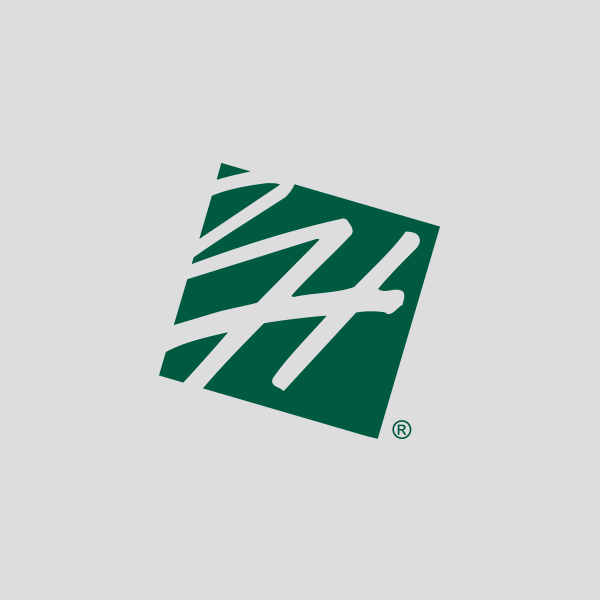
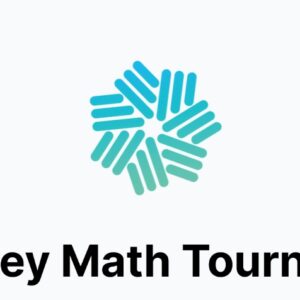

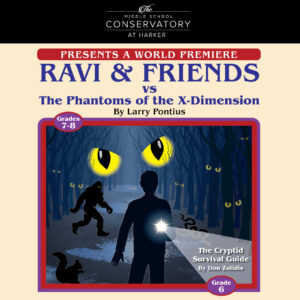


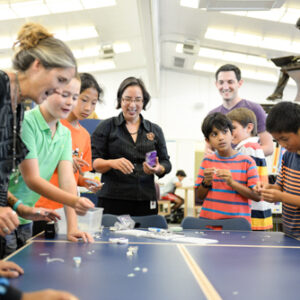

![[UPDATED] Rising Sophomore's Project Featured at White House Maker Faire harker-logo-default](https://news.harker.org/wp-content/uploads/2016/08/harker-logo-default-300x300.png)
